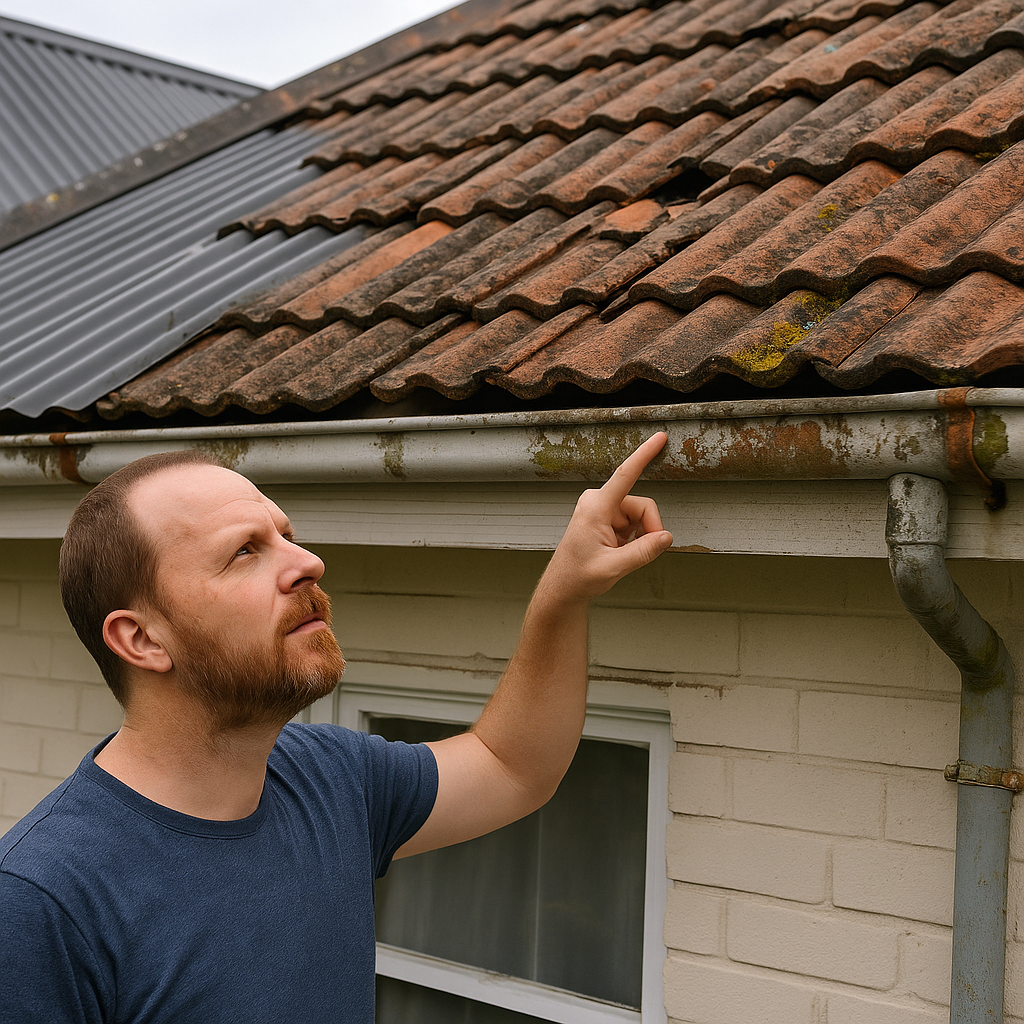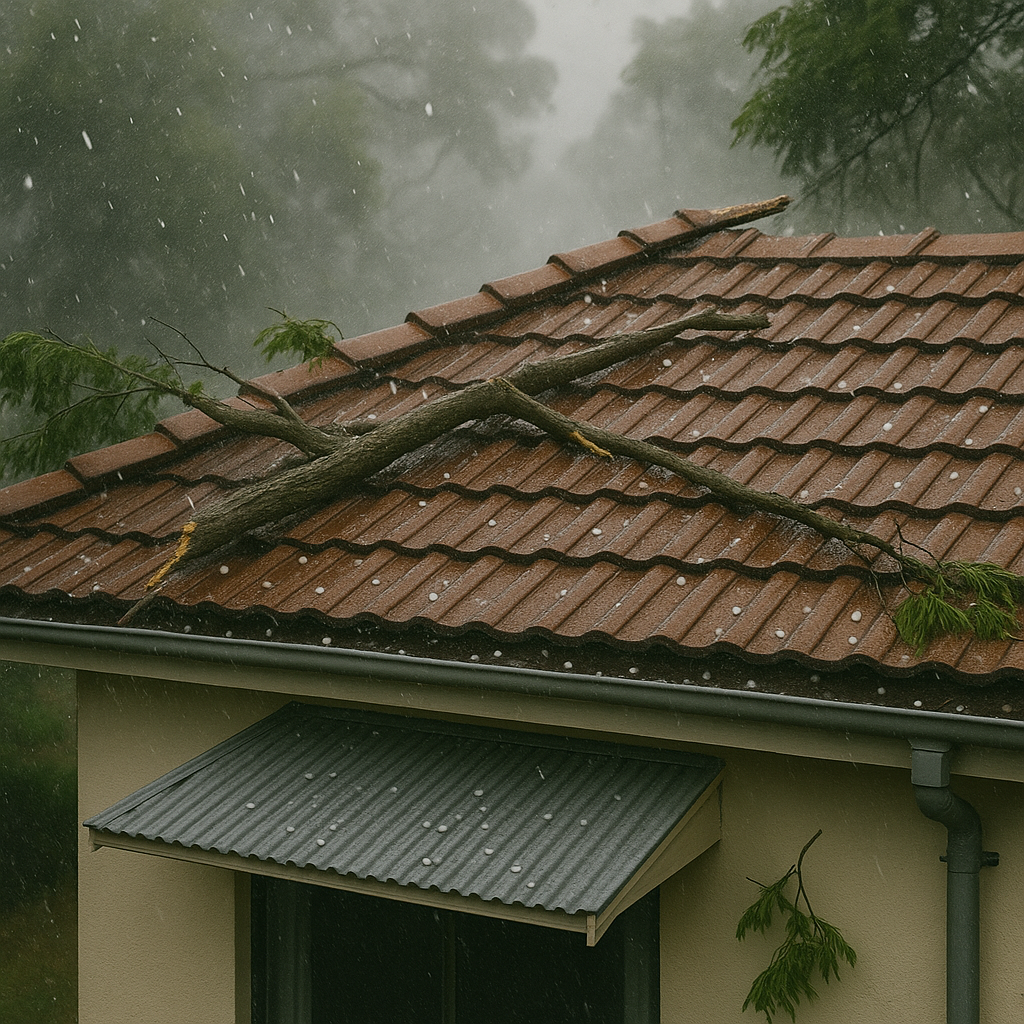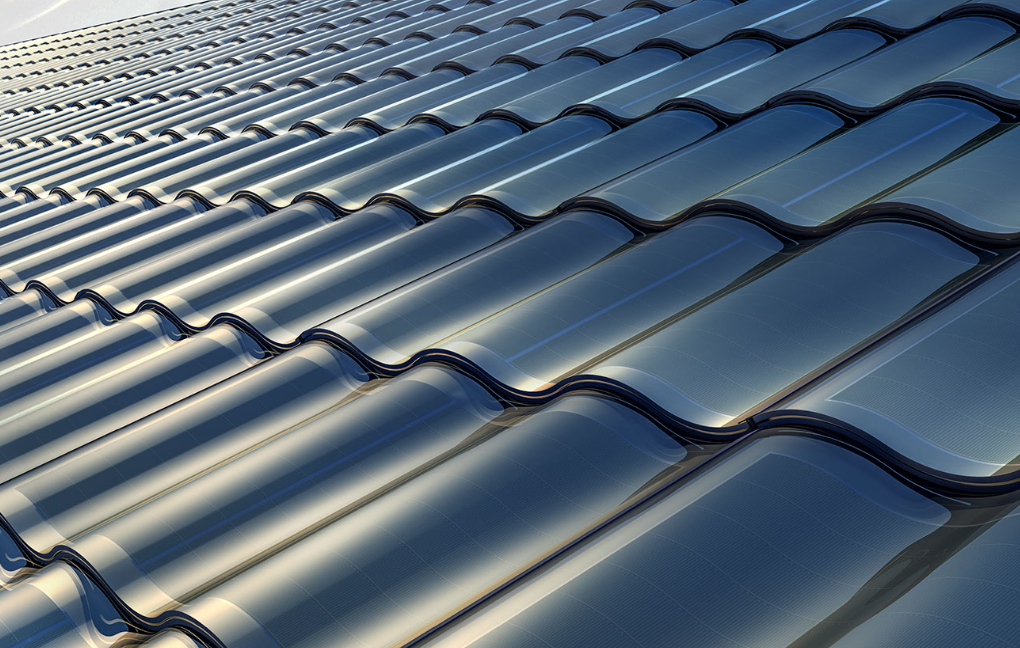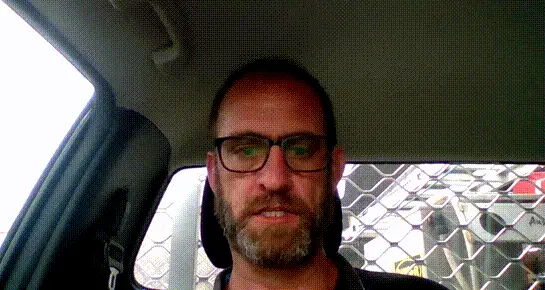
To receive your discount please fill in your details below.
It warms our hearts to see our valued HEROES being taken care off.




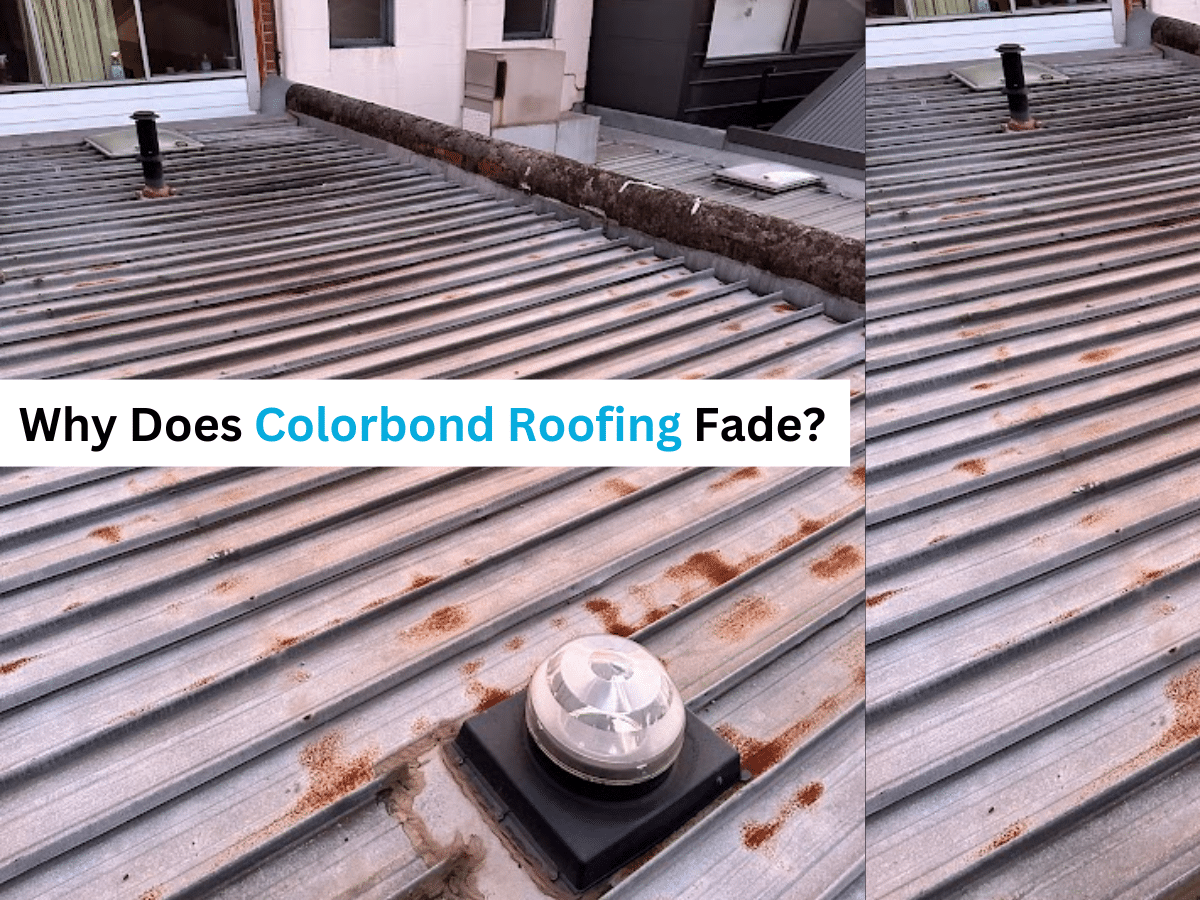
Colorbond roofing fades primarily due to prolonged exposure to Australia’s harsh UV radiation, which breaks down the pigments in the paint. Other factors that contribute to fading include extreme weather conditions, pollution, chemical exposure (especially in coastal areas), and poor maintenance.
Scott Gross – Skilled Roofer | HolyMess Repairs
Colorbond steel has become a household name in the Australian building industry. Whether you’re roofing your home or fencing your backyard, it’s hard to find someone who isn’t familiar with this popular material.
Known for its durability, strength, and stylish look, Colorbond is the go-to for many Aussies.
But like everything under our intense sun, Colorbond can fade over time.
While it’s built to last, understanding why it fades and what you can do about it is key to keeping your home looking fresh for years to come.
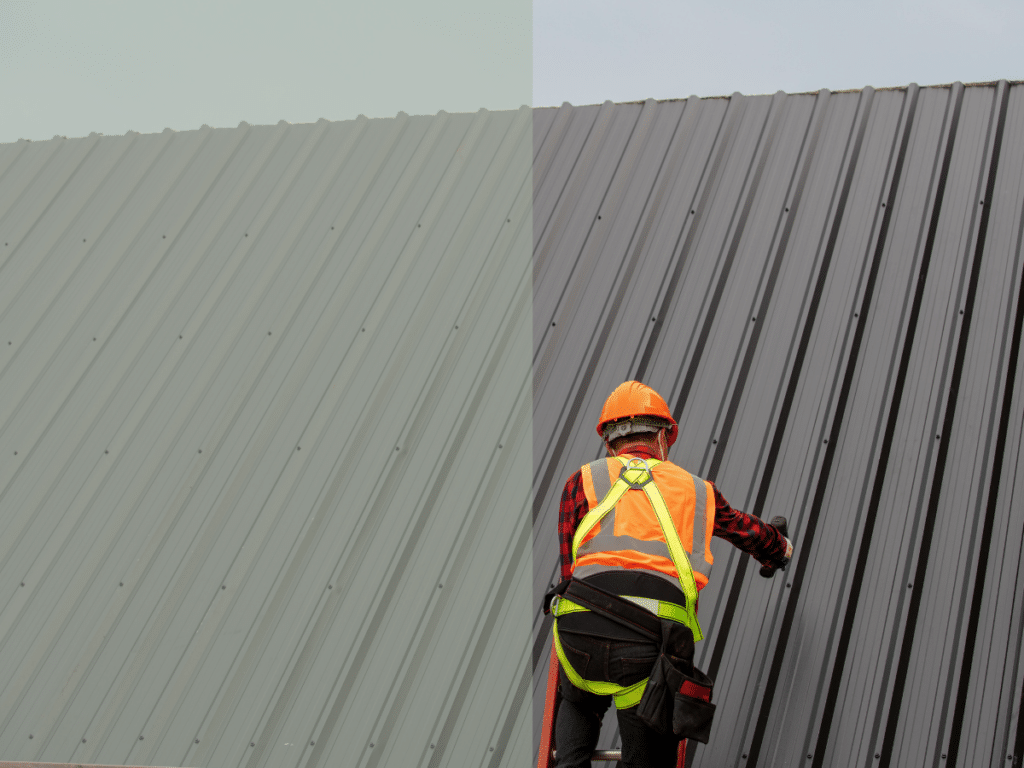
So, what makes your once shiny Colorbond lose its color? Let’s break it down.
This is the big one. Australia’s harsh sunlight is notorious for its ability to fade just about anything, and Colorbond is no exception.
The UV rays from the sun break down the pigments in the paint, leading to a gradual loss of color intensity.
Between the sun, rain, wind, and even hail, the weather in Australia can be brutal. Over time, these elements wear down the surface of Colorbond, especially in areas that see extreme conditions.
Colorbond roofing in urban areas can experience more rapid fading due to pollution in the air, which can settle on the surface and react with the paint. Chemicals like salt in coastal areas or industrial fumes can speed up the fading process as well.
Like your car or your barbecue, Colorbond needs a little TLC. If you neglect to clean and maintain it, dirt, grime, and other pollutants can accumulate, leading to accelerated fading.
They say nothing lasts forever. As your Colorbond roof gets older, natural wear and tear will take its toll. However, with proper care, it can still serve you well for decades.
It is not all Colorbond products that fade equally. These are some factors that can influence how quickly your Colorbond loses its sheen:
Some colors are more susceptible to fading than others. Darker colorbond shades typically absorb more sunlight and can fade faster than lighter ones.
How your Colorbond is positioned plays a big role. Consequently, surfaces that face direct sunlight for most of the day will fade faster than those in the shade.
Living by the coast can be great, but the salty air isn’t so kind to your Colorbond. Colorbond roofs located in inland areas generally experience slower fading when compared with coastal locations.
Poorly installed Colorbond roofing or cheaper versions that don’t have the same protective coatings can fade more quickly. Which is why it’s better to choose quality over cheaper materials when purchasing colorbond roofing.
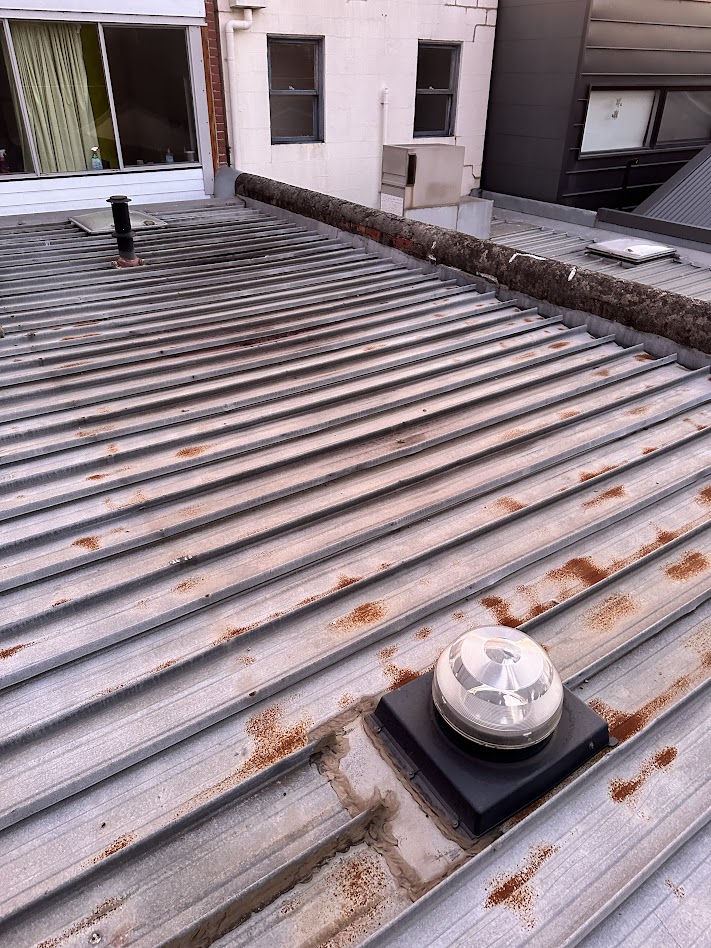
Is your Colorbond starting to look a bit worn in appearance? Or maybe you just purchased the home and aren’t sure what the true color of the roof is.
Here’s how to tell if it’s fading.
One of the first signs of fading is uneven or patchy colors. The once uniform shade may start to look washed out in certain areas.
Chalking refers to when the surface of colorbond roofing begins to develop a powdery residue. It is a sure sign that the top coat of the paint is breaking down.
Before this, colorbond roofing would have gone through the process of chalking. It would have lost most of its sheen.
Fading can sometimes go hand-in-hand with rust, especially if the protective coating is damaged.
A once-glossy finish can become dull and matte as the surface wears away. If this is difficult to tell by sight, simply find a way to touch the surface and you’ll feel the loss of sheen.
Luckily, there are ways to slow down the fading process and keep your Colorbond looking fresh. Here’s how:
A little maintenance goes a long way. Clean your Colorbond surfaces with soapy water and a soft brush to remove dirt and pollutants that can cause fading. Using a soft brush helps to prevent abrasion of the top covering which gives colorbond its beautiful appearance.
Some Colorbond products come with additional protective coatings that help resist fading. But you can also apply your own UV-protective sealants to prolong its life. As they always say, the more the merrier.
Stay away from abrasive cleaners or harsh chemicals. These can strip away the paint and cause premature fading. Also, using this kind of solution when washing leads to patches of sheen loss. This causes colorbond to look unsightly.
Regularly checking your Colorbond for any signs of damage, like scratches or rust helps to make it last too. Addressing these early signs of deterioration can prevent further deterioration.
If your Colorbond is starting to look worse for wear, don’t panic—there are plenty of options for repair and replacement. If you have no idea what to do, reach out to us and we’ll help you with your colorbond roofing. For now, here some of the things you can do for yourself:
You can paint colorbond roofing. Just be sure to match the color as closely as possible.
If fading is widespread, you might want to consider replacing some panels. While doing this could potentially be more costly, it can give your home a fresh, updated look.
If your Colorbond is older, you could consider upgrading to a newer, more fade-resistant materials that are designed to last longer in Australia’s harsh climate.
Colorbond is a fantastic material, and with proper care, it can last for years. Fading is a natural process, especially in Australia’s extreme weather conditions, but with regular maintenance, cleaning, and inspections, you can slow down the effects and keep your Colorbond looking its best. So next time you’re enjoying the view of your home or garden, you can smile knowing your Colorbond is in tip-top shape. If you need Colorbond Roof Repairs In Melbourne, be sure to contact us, and we’ll send the best roofers your way.
